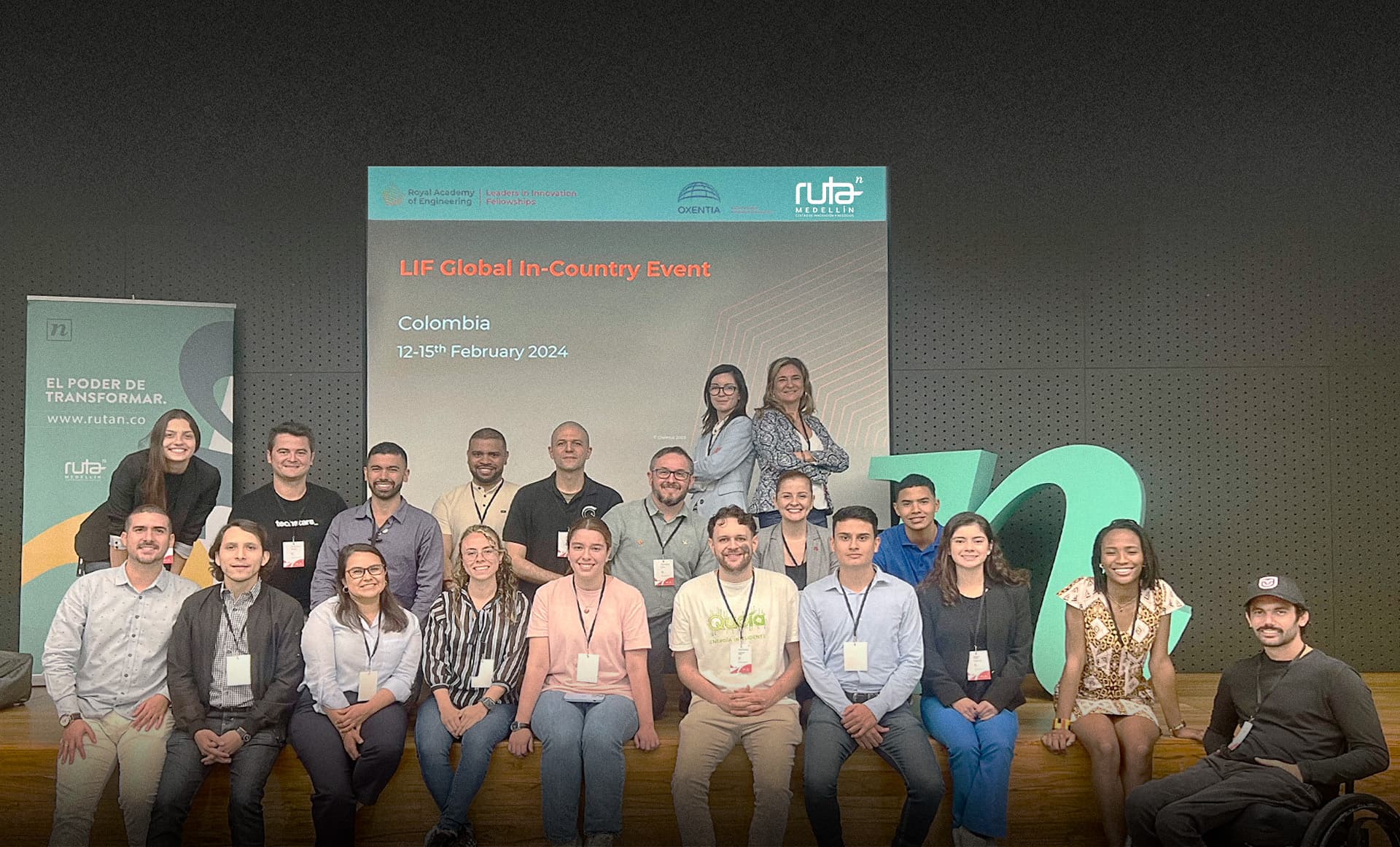
Medications made from blood: Lifefactors’ mission to save lives
By Ruta N -Blood serves many purposes. Generally speaking, it transports all the essential elements that keep the body connected and alive. More specifically: red blood cells carry oxygen, white blood cells fight infections, platelets help with blood clotting, and plasma—that protein-rich liquid that makes up most of the blood’s volume—acts as the medium that transports the other components. Oh, and it’s also used to make medicines.
The biopharmaceutical industry focuses on creating biological drugs derived from blood plasma—medicines that have no chemical substitutes. Because these medications are made from proteins with highly specific functions for the body, they are used to treat complex, rare, and genetic diseases that often lack treatment options and impose high costs on healthcare systems.
All of these medicines rely on blood donations for their production. This industry primarily works with hundreds of thousands of liters of plasma from paid donors, particularly in the United States. However, there is another way: by using the plasma that is left unused by transfusion services. In Colombia, this amounts to between 120,000 and 150,000 liters annually, and across Latin America, it totals 1.7 million liters.
As we know, the Covid-19 pandemic highlighted numerous challenges within healthcare systems worldwide. In the biopharmaceutical sector, the issue became one of supply. While every country in Latin America needs plasma-derived medicines, very few have production plants within their borders, resulting in widespread pharmaceutical insecurity for these essential drugs. This inspired a group of entrepreneurs in Medellín to tackle the challenge of building the country’s first biopharmaceutical plant—one designed to serve the entire region as a multinational company from its inception.
The Company making it a reality
Lifefactors' fundamental mission: saving lives. At first glance, it sounds like a simple, universal purpose. But upon closer inspection, it’s actually a complex goal. How do you save lives? Where do you start? The company’s founders answer without hesitation: with biotechnology.
Santiago Jaramillo, Juan José Zuluaga, and Juan Carlos del Castillo are visionaries who pave their own way. They began Lifefactors' journey in 2015 after reviewing a study on the feasibility of producing plasma-derived medicines in Colombia. The results, as Santiago explains, “weren’t very encouraging—building a plant didn’t seem viable, and there was a risk of not having enough plasma.” Despite this, they embraced the challenge of reindustrialization, local technology production, and its exportation and advancement.
Their vision of making Colombia a leader in this sector gained momentum, particularly after Lifefactors became the only company authorized to use the patent developed by the Clodomiro Picado Institute at the University of Costa Rica. This crucial step made their path a bit smoother and served as the driving force for Lifefactors from the start.
Today, Lifefactors is the only company in the region that uses the plasma typically discarded during blood transfusions to create plasma-derived medicines in its plant. Their innovative technology allows for faster, more economical, safer, and more sustainable production. It extracts more product per liter of fractionated plasma without requiring vast volumes of the liquid as raw material and reduces environmental impact.
How has this been possible?
“I’m one of the many beneficiaries of Ruta N’s investments in technology talent,” says Santiago. “Since 2012, I’ve been connected to one of the organizations that incubated this biotechnology project.” He explains that this connection provided the technical support needed to “take a lab-proven patent and scale it to a full-fledged production plant.” It also equipped them to tackle public policy challenges and establish international cooperation relationships at technical and financial levels.
With the backing of investors, funders, and collaborators, Santiago proudly shares: “Today, we’ve secured nearly $50 million in funding from strategic partners in Colombia’s healthcare sector, as well as institutional and development organizations like Ruta N, Spain’s FIEM-ICO (Fund for the Internationalization of Enterprises), CEDEPI, Minciencias, Bancóldex, Bancolombia, and Davivienda. It’s been a collective effort built on trust and the business’s potential.”
Currently, Lifefactors employs nearly 120 people across four permanent offices, most of them in Colombia, but also in Costa Rica, Germany, Spain, Mexico, Ecuador, and the United States. Their top priority this year is to launch their first production plant, obtain certifications from regional regulatory agencies, and begin preclinical and clinical studies to ensure the safety and efficacy of their products, which they expect to introduce for clinical use by the end of the year.
Additionally, they are constructing their second production plant, which will be operational by 2024 and is set to “fully meet the pharmaceutical needs of Colombia and neighboring countries.” Their journey is firmly rooted in ethical practices, improving the quality of blood systems, creating jobs, developing new skills, investing in R&D, and comprehensive patient care. All these efforts bring them closer to their ultimate goal: saving lives.







